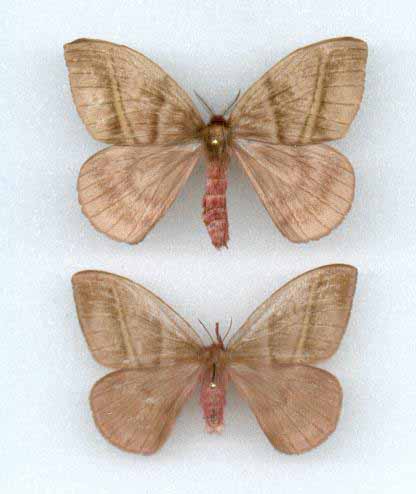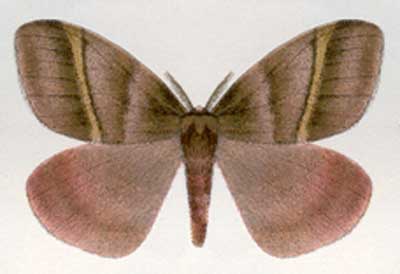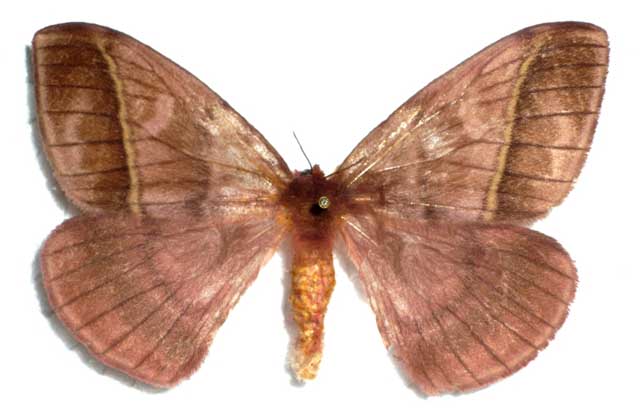Hylesiopsis festiva
|
|
Updated as per Lemaire's Hemileucinae 2002, November 17, 2005
Updated as per personal communication with Horst Kach (Coca, Napo, Ecuador, August 1986); February 21, 2011
|
Hylesiopsis festiva
Bouvier, 1929

Hylesiopsis festiva male and female courtesy of T. Decaens & G. Lecourt.
TAXONOMY:
Superfamily: Bombycoidea, Latreille, 1802
Family: Saturniidae, Boisduval, [1837] 1834
Subfamily: Hemileucinae, Grote & Robinson, 1866
Tribe: Hemileucinae, Grote & Robinson, 1866
Genus: Hylesiopsis, Bouvier, 1929 |
MIDI MUSIC
"Someone to Watch
Over Me"
copyright C. Odenkirk
MIDI CITY
ON.OFF
<bgsound src="watch.mid" LOOP=FOREVER>
|
DISTRIBUTION:
The Hylesiopsis festiva moth flies
in
Colombia: Boyaca, Meta (400-800m), (possibly Caqueta and Putamayo (WO??));
Bolivia: Cochabamba;
French Guiana;
Suriname: Litani, Itany;
Peru: Loreto, Cusco, Madre de Dios; and
Ecuador: Orellana and Napo: Coca, (possibly Sucumbios (WO??)); in
andean forests (from 300m - 2000m).

Hylesiopsis festiva, Seitz.
FLIGHT TIMES AND PREFERRED FOOD PLANTS:
Horst Kach reports an August, 1986 flight in Coca, Napo, Ecuador.
Larval
hosts are unknown.
This species probably broods continuously on a three-four month cycle.
Specimens have been taken January-February, August and October-December.

Hylesiopsis festiva female, Coca, Napo, Ecuador,
August 1986, courtesy of Horst Kach.

Hylesiopsis festiva female (verso), Coca, Napo, Ecuador,
August 1986, courtesy of Horst Kach.
ECLOSION, SCENTING AND MATING:
Females extend a scent
gland from the tip of the abdomen, and the night-flying males pick up
and track the airbourne pheromone plume with their well-developed
antennae.
EGGS, LARVAE, COCOONS AND PUPAE:
Eggs are probably
deposited in clusters on hostplant foliage.
Hylesiopsis festiva larvae are highly gregarious and have the
urticating spines typical of larvae from the Subfamily Hemileucinae.
Larval Food Plants
It is hoped that this alphabetical listing followed by the common
name of the foodplant will prove useful. The list is not exhaustive.
Experimenting with closely related foodplants is worthwhile.
Use your browser "Back" button to return to the previous page.
Return to Hylesiopsis Index
Goto South American Saturniidae Directory
Goto Main Index




